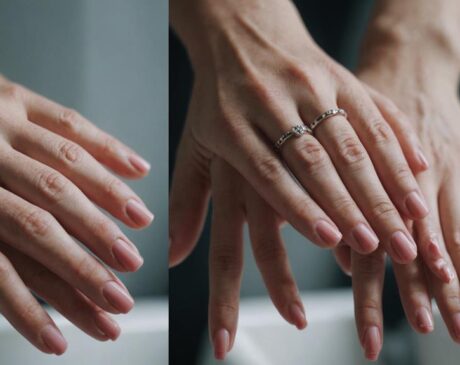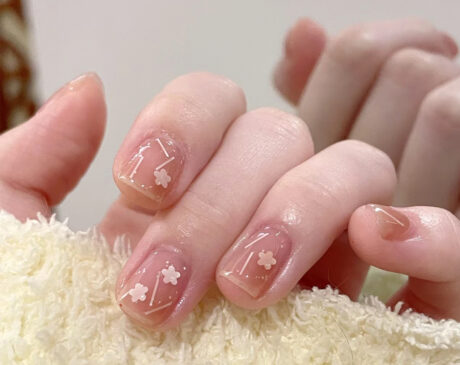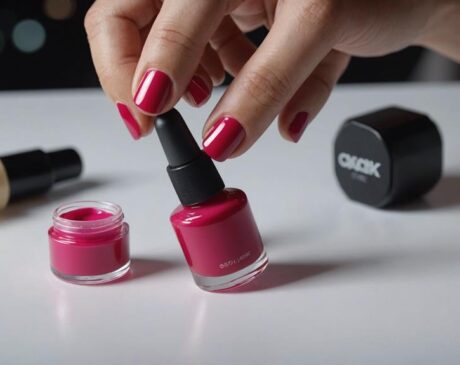Is It Possible to Overcure Gel Polish?
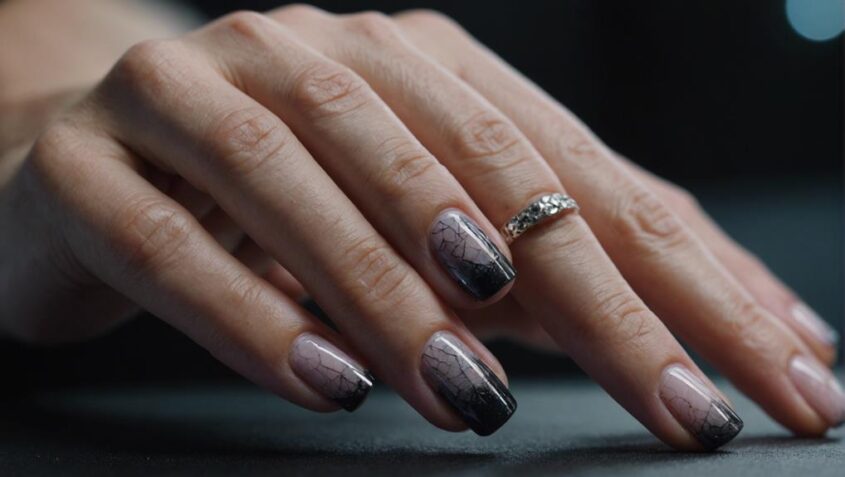
Overcuring gel polish is possible, leading to negative consequences for your nails. Signs of overcuring include shrinkage, cracks, and discoloration. Effects on nails include dryness, brittleness, and white spots. To prevent overcuring, use timers, apply thin layers, and opt for quality products. Protect nails from harsh chemicals, moisturize regularly, and schedule maintenance. Understanding the gel curing process is crucial for nail health.
Key Takeaways
- Overcuring gel polish can lead to shrinkage, cracks, and discoloration.
- Signs of overcured gel polish may indicate potential damage to natural nails.
- Effects of overcuring include nail dehydration, white spots, and lifting.
- To avoid overcuring, follow recommended curing times and use thin layers.
- Proper care practices can help prevent overcuring and maintain nail health.
Understanding Gel Polish Curing Process
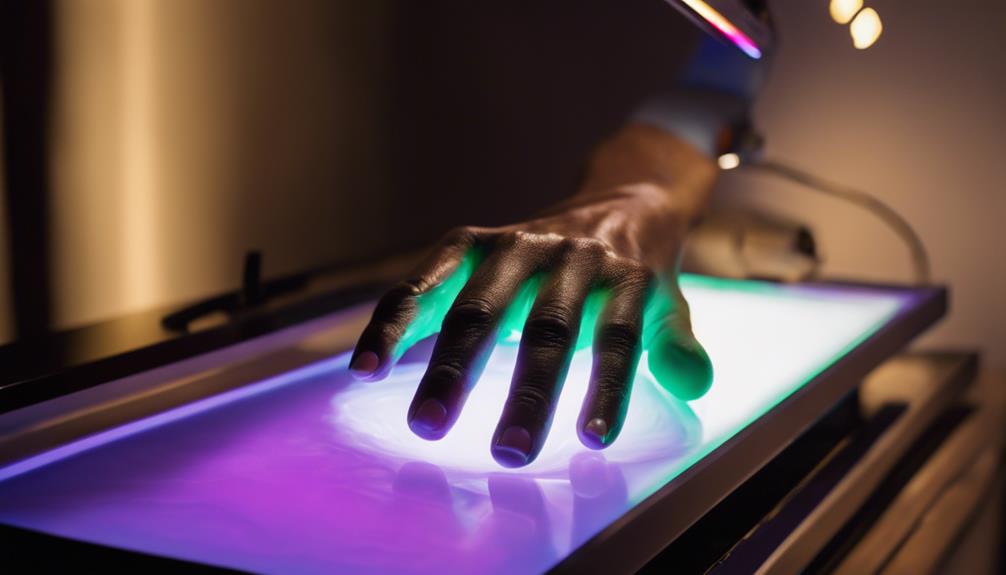
Have you ever wondered how the gel polish curing process works in the realm of nail care? Understanding the science behind this process is crucial for achieving long-lasting and flawless nail finishes. Gel polish curing involves using a specialized LED or UV lamp to polymerize the gel on the nails, creating a durable and chip-resistant coating. When exposed to the light emitted by the lamp, the molecules in the gel polish undergo a chemical reaction that transforms the gel from a liquid to a solid state.
This curing process is essential for ensuring that the gel polish adheres properly to the nails and achieves the desired level of hardness. Improper curing can result in issues such as peeling, chipping, or premature wear. To prevent these problems, it is important to follow the manufacturer's instructions regarding curing times and lamp specifications. By understanding the gel polish curing process, nail technicians can deliver impeccable manicures that stand the test of time.
Signs of Overcured Gel Polish
In the realm of nail care, an overcured gel polish can exhibit noticeable signs that indicate potential issues with the curing process. One common sign is excessive shrinkage of the gel polish after curing, leading to gaps between the polish and the nail edges. This shrinkage can compromise the durability and longevity of the manicure. Additionally, overcured gel polish may appear cracked or bubbly, detracting from the smooth, glossy finish that is typically desired. Another sign of overcuring is yellowing or discoloration of the gel polish, which can occur when the polish is exposed to too much heat during the curing process. This discoloration not only affects the aesthetic appeal of the manicure but can also indicate potential damage to the natural nail. By recognizing these signs of overcured gel polish, nail technicians can take corrective measures to ensure a flawless and long-lasting manicure for their clients.
Effects of Overcuring on Nails
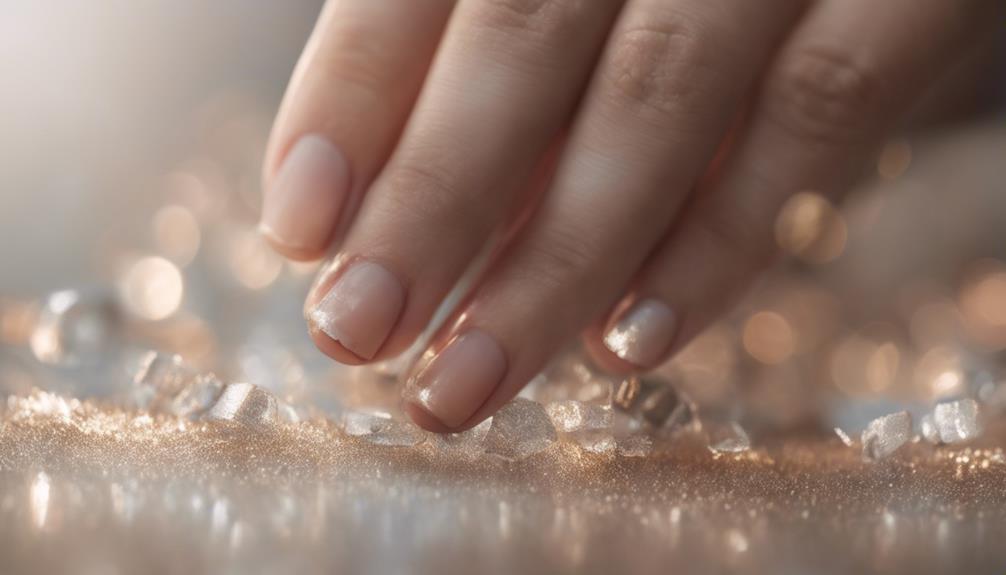
Excessive curing of gel polish can have detrimental effects on the health and integrity of nails. Overcuring, which involves subjecting the nails to prolonged exposure to the UV or LED light used to cure the gel polish, can lead to various issues. One of the most common consequences is nail dehydration, causing them to become dry, brittle, and prone to breakage. Additionally, overcuring can result in a burning sensation on the nail bed, indicating damage to the sensitive skin underneath.
Furthermore, overcuring may lead to the development of white spots on the nails, known as leukonychia, which can be aesthetically displeasing. In severe cases, overcuring can even cause the nails to lift from the nail bed or become discolored. These effects not only compromise the appearance of the nails but also impact their overall health. Therefore, it is crucial to be mindful of the curing time and avoid overexposure to prevent such adverse outcomes.
Tips to Avoid Overcuring
Prolonged exposure to the UV or LED light during the curing process of gel polish can be detrimental to nail health, prompting the need for effective strategies to prevent overcuring. To avoid overcuring, it's essential to follow these innovative tips:
- Use a Timer: Set a timer to ensure you cure your gel polish for the recommended time. This helps prevent leaving the nails under the light for too long.
- Thin Layers: Apply gel polish in thin layers. Thick layers take longer to cure properly, increasing the risk of overexposure to the curing light.
- Quality Products: Choose high-quality gel polishes and curing lights. Better products often cure faster and more efficiently, reducing the risk of overcuring.
- Proper Maintenance: Regularly check your curing light for any defects or diminished curing power. A well-maintained light ensures the correct curing times.
Conclusion: Caring for Gel Polish
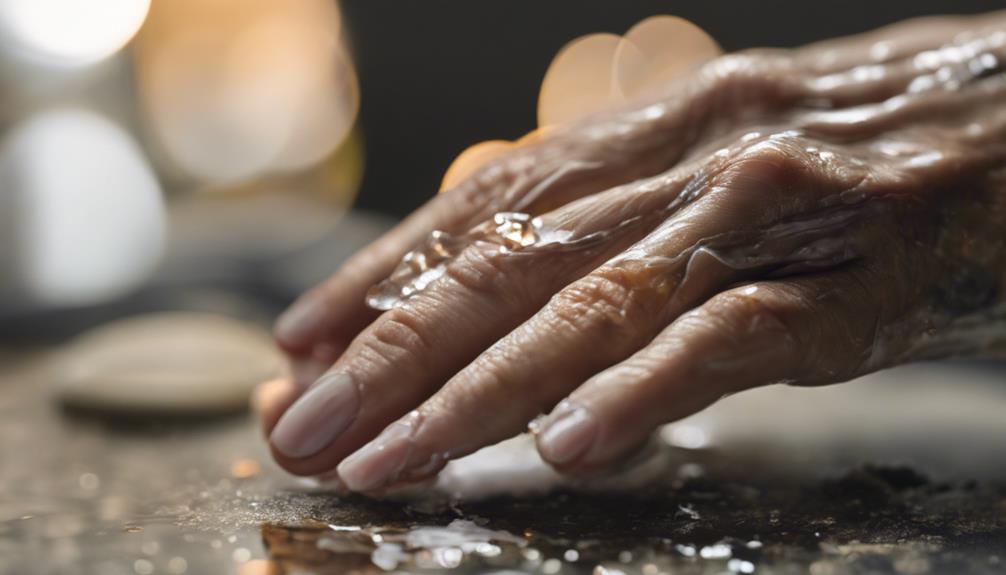
Practicing proper care techniques is essential for maintaining the longevity and appearance of gel polish. To ensure your gel polish stays in optimal condition, it is crucial to follow a few key steps. Firstly, always protect your nails from harsh chemicals and excessive moisture by wearing gloves during activities that may expose your nails to such substances. Additionally, regularly moisturizing your nails and cuticles can help prevent drying out and chipping of the gel polish. When engaging in activities that could potentially damage your nails, such as gardening or cleaning, it is advisable to wear protective gloves to safeguard the polish. Lastly, scheduling regular touch-ups and maintenance appointments with a professional nail technician can help keep your gel polish looking fresh and vibrant. By incorporating these simple care practices into your routine, you can prolong the lifespan of your gel polish and ensure your nails remain healthy and beautiful.
Frequently Asked Questions
Can Overcuring Gel Polish Damage Natural Nails?
Overcuring gel polish can potentially damage natural nails by causing them to become brittle and weaken. It is essential to follow proper curing times and techniques to avoid adverse effects on the natural nail structure.
Is It Possible to Reverse the Effects of Overcured Gel Polish?
Reversing the effects of overcured gel polish can be challenging. Employing innovative techniques like gentle buffing and nourishing treatments may help restore nail health. According to a recent study, proper care post-overcuring can aid in recovery.
Are LED Lamps Safer Than UV Lamps for Curing Gel Polish?
LED lamps are considered safer than UV lamps for curing gel polish due to their lower UV exposure and quicker curing times. The innovation in LED technology has made them a preferred choice for many professionals in the nail industry.
Can Overcured Gel Polish Lead to Allergic Reactions?
Overcuring gel polish can potentially trigger allergic reactions due to increased polymerization, causing an imbalance in chemical composition. It is imperative to adhere to proper curing times and techniques, ensuring optimal results and minimizing the risk of adverse skin reactions.
How Long Does It Take for Overcured Gel Polish to Show Signs of Damage?
Signs of damage from overcured gel polish may manifest gradually over time. Common indications include chipping, peeling, discoloration, and weakening of the natural nail. Regularly monitoring the condition of the nails is essential for early detection and prevention.

